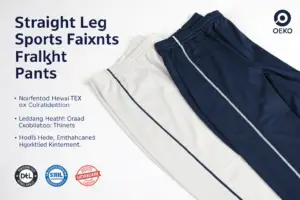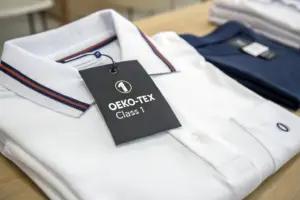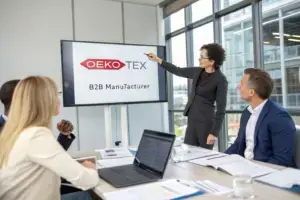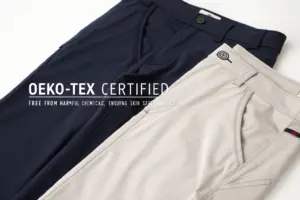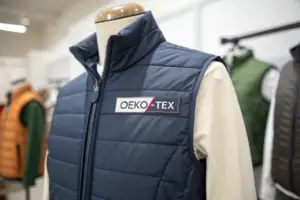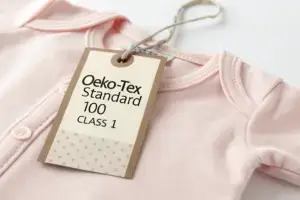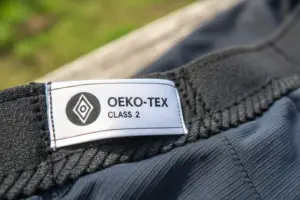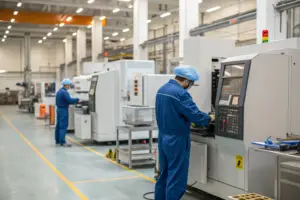A vertically integrated value chain is a business model where a company controls multiple stages of its supply chain, from production to distribution and retail. This approach allows companies to streamline operations, reduce costs, and improve efficiency. But what exactly does it entail, and why is it beneficial? Let’s explore the concept of a vertically integrated value chain and its impact on businesses.
A vertically integrated value chain involves controlling multiple stages of the supply chain, such as manufacturing, distribution, and retail. This model improves efficiency, reduces costs, and ensures quality control. At Fumao Clothing, we recognize the value of a vertically integrated value chain and incorporate its principles to deliver high-quality garments efficiently.
Now, let’s dive deeper into the benefits of vertical integration in fashion, how it reduces production costs, and why fashion brands adopt this model.
Benefits of Vertical Integration in Fashion
Vertical integration offers numerous advantages for fashion brands, but what are they?
The benefits of vertical integration in fashion include cost reduction, improved quality control, and faster response to market trends. By controlling multiple stages of the supply chain, fashion brands can streamline operations and deliver high-quality products efficiently. Fumao Clothing leverages these advantages to enhance our manufacturing and delivery processes.
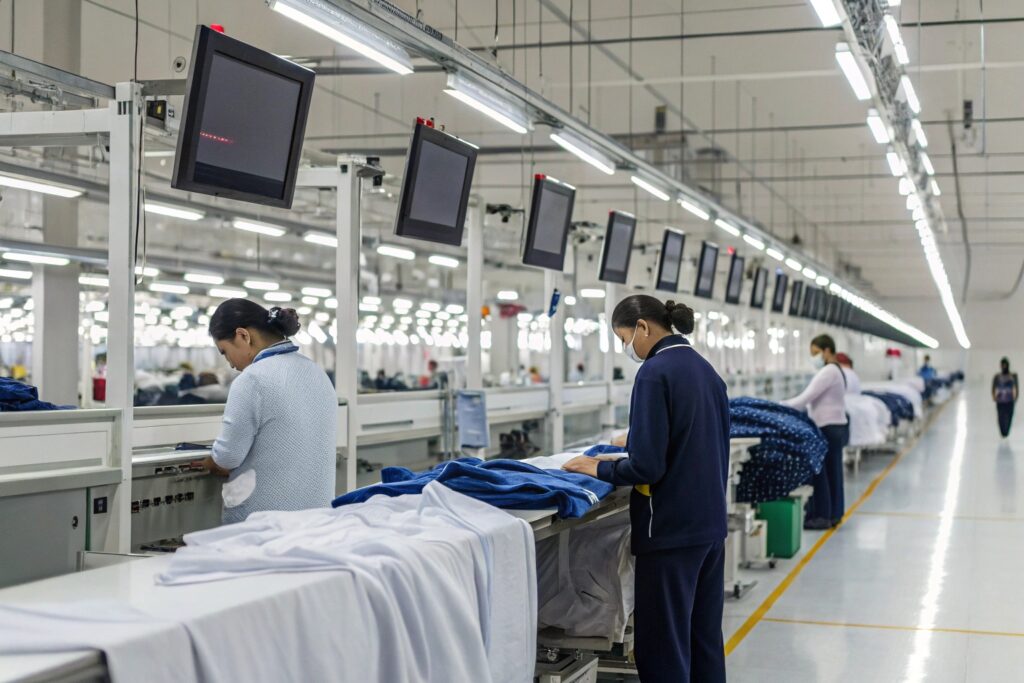
What Are the Key Benefits of Vertical Integration?
The key benefits of vertical integration in fashion include:
- Cost Reduction: Eliminating intermediaries lowers production and distribution costs.
- Quality Control: Direct oversight of manufacturing ensures high-quality products.
- Faster Response Times: Quick adjustments to production and distribution meet changing market demands.
By achieving these benefits, fashion brands can operate more efficiently and meet customer expectations.
How Does Vertical Integration Enhance Brand Control?
Vertical integration enhances brand control by:
- Ensuring Consistency: Direct control over production and retail ensures a consistent brand experience.
- Improving Communication: Faster communication between stages of the supply chain enhances coordination.
- Maintaining Standards: Direct oversight of manufacturing ensures high-quality standards are met.
These advantages make vertical integration a valuable strategy for fashion brands.
How Vertical Integration Reduces Production Costs
Vertical integration is known for reducing production costs, but how does it achieve this?
Vertical integration reduces production costs by eliminating intermediaries, streamlining processes, and improving resource utilization. By controlling multiple stages of the supply chain, companies can lower expenses and increase profitability. Fumao Clothing leverages these advantages to deliver cost-effective manufacturing solutions.

What Are the Key Cost Savings?
The key cost savings from vertical integration include:
- Eliminating Intermediaries: Direct control over production and distribution lowers expenses.
- Streamlining Processes: Efficient use of resources minimizes waste and reduces costs.
- Improving Resource Utilization: Better coordination between stages of the supply chain enhances efficiency.
By achieving these cost savings, companies can increase profitability and competitiveness.
How Does Vertical Integration Improve Efficiency?
Vertical integration improves efficiency by:
- Reducing Lead Times: Faster production and delivery reduce storage and logistics costs.
- Enhancing Coordination: Better communication and coordination between stages improve overall efficiency.
- Increasing Responsiveness: Quick adjustments to production and distribution meet changing demands.
These benefits make vertical integration a powerful strategy for improving efficiency.
Vertical Integration vs Traditional Supply Chains
Vertical integration offers many advantages over traditional supply chains, but how do they compare?
Vertical integration differs from traditional supply chains by allowing companies to control multiple stages of the supply chain, from production to retail. This model reduces costs, improves quality control, and enhances efficiency. Fumao Clothing carefully considers these differences to optimize our supply chain strategies.

What Are the Key Differences?
The key differences between vertical integration and traditional supply chains include:
- Control: Vertical integration provides direct control over production, distribution, and retail, while traditional supply chains rely on external partners.
- Cost: Vertical integration reduces costs by eliminating intermediaries, while traditional supply chains may involve higher expenses.
- Efficiency: Vertical integration improves efficiency by streamlining processes, while traditional supply chains may face delays and inefficiencies.
By understanding these differences, companies can choose the best approach for their needs.
How Do These Differences Impact Businesses?
These differences impact businesses by:
- Reducing Costs: Vertical integration lowers production and distribution costs.
- Improving Quality: Direct oversight of manufacturing ensures high-quality products.
- Enhancing Flexibility: Quick adjustments to production and distribution meet changing demands.
These benefits make vertical integration a valuable strategy for businesses.
Why Fashion Brands Adopt Vertical Integration
Many fashion brands adopt vertical integration, but what drives this decision?
Fashion brands adopt vertical integration to reduce costs, improve quality control, and respond quickly to market trends. By controlling multiple stages of the supply chain, brands can streamline operations and deliver high-quality products efficiently. Fumao Clothing draws inspiration from these leaders to enhance our operations.

What Are the Key Reasons for Adoption?
The key reasons for adopting vertical integration include:
- Cost Reduction: Controlling production and distribution lowers expenses.
- Quality Control: Direct oversight of manufacturing ensures high-quality products.
- Faster Response Times: Quick adjustments to production and distribution meet changing market demands.
By understanding these reasons, companies can see the value of vertical integration.
How Do These Reasons Benefit Fashion Brands?
These reasons benefit fashion brands by:
- Increasing Profitability: Lower costs and higher efficiency increase profitability.
- Enhancing Brand Reputation: High-quality products and consistent brand experiences improve reputation.
- Improving Customer Satisfaction: Faster response times and high-quality products meet customer expectations.
These benefits make vertical integration a key factor in the success of fashion brands.
Conclusion
A vertically integrated value chain is a powerful business model that allows companies to control multiple stages of their supply chain, improving efficiency, reducing costs, and ensuring quality. By understanding the benefits and reasons for adoption, companies can make informed decisions about their supply chain strategies. Fumao Clothing draws inspiration from vertically integrated leaders to deliver high-quality, efficient manufacturing solutions. Contact us today to learn more about how we can help you achieve your business goals.






